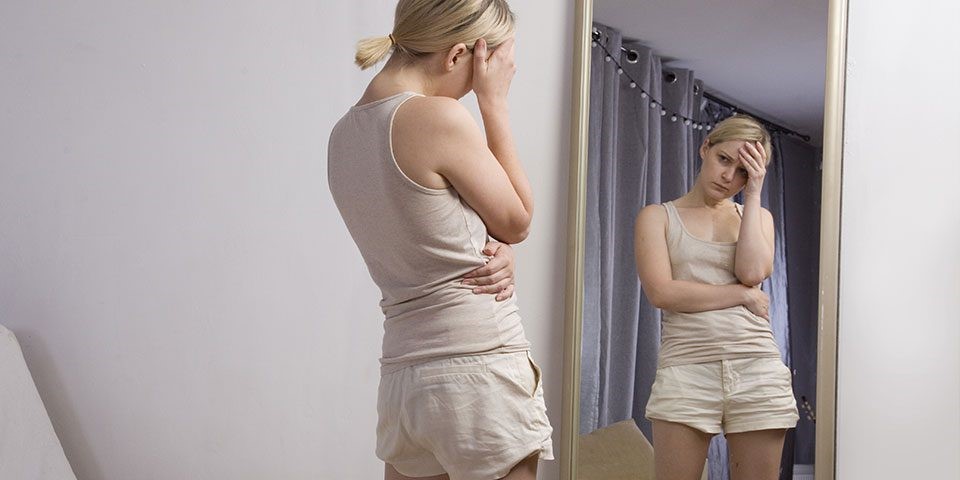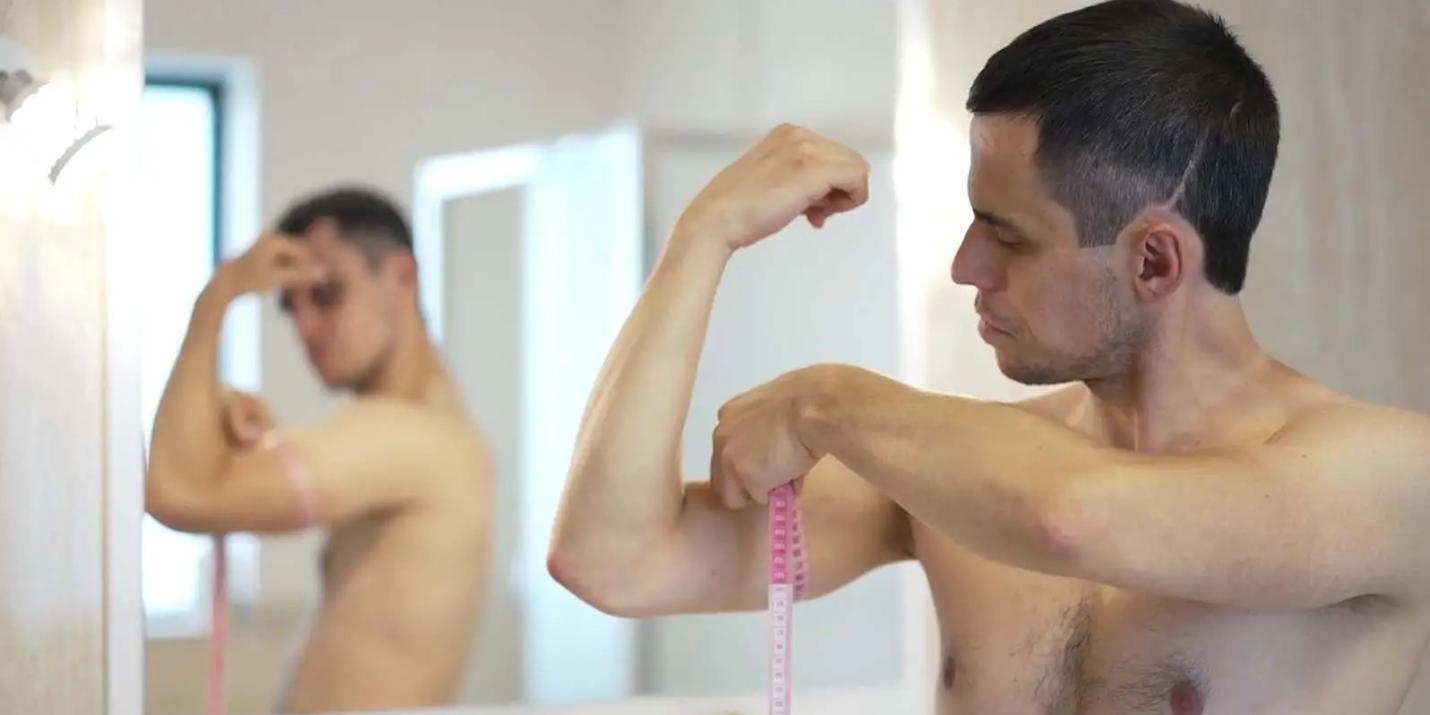Do you have muscular dysmorphia, or do you know a person who does? Muscle dysmorphia, often known as bigorexia or reverse anorexia, is characterized by distorted perceptions of one's body. People who have this mental illness see their muscles as undeveloped and think they are too little or skinny, even though this is untrue. It is more common in men than women. MD usually starts in early adulthood or childhood. Excessive exercise, calorie tracking, and an obsession with getting a muscular appearance are among the symptoms. In addition, MD patients may have low self-esteem, feelings of humiliation, and a higher risk of suicide. This article explains everything you need to know about muscle dysmorphia.

Muscle dysmorphia is a psychotic disorder in which a person feels their physique and muscles are abnormally small. Muscle dysmorphia is mainly linked to men; however, it can also affect women. Muscle dysmorphia is thought to be a subtype of body dysmorphic disorder, where a perceived physical imperfection is the cause of anxiety and obsession. Muscular dysmorphia is not considered an eating disorder.
People who suffer from muscular dysmorphia or bigorexia become obsessed with gaining muscle to attain what they believe to be the ideal shape. Sometimes, it's hard to tell whether someone has muscular dysmorphia since it might be mistaken for a commitment to weightlifting and other healthy activities. Even though muscular dysmorphia isn't quite as common or recognized as bulimia or anorexia, it's still vital that you get treatment for it to avoid detrimental health effects.
The exact causes or origin of body dysmorphia and muscular dysmorphia are not known yet. However, there are certain circumstances linked to those who have the condition, such as:
Additionally, some persons can develop muscular dysmorphia while others do not, and this might have biological roots. However, these particular reasons require more investigation.

Here are the most prevalent symptoms of muscle dysmorphia:
Since MD is a subtype of BDD, BDD might be the primary focus of an initial diagnosis. To diagnose BDD, medical practitioners usually use the Yale-Brown Obsessive-Compulsive Scale. They might request information regarding whether a person has obsessive or repeated thoughts and actions, how they feel about their looks, and whether these sentiments impact their quality of life.
If a patient exhibits symptoms of BDD, a doctor can ask additional questions to identify the MD subtype. For instance, they may employ the MDDI, which evaluates the symptoms of MD and divides them into distinct groups.
People who play sports centered around looks can be more susceptible to MD. Research shows bodybuilders are more likely to have MD than strength athletes or fitness professionals. The researchers discovered that bodybuilders who also exhibited signs of orthorexia nervosa and social anxiety were more likely to have symptoms of MD.
MD can also develop in those who have an inclination toward being perfectionists. When someone is driven to achieve what they believe to be a flawless body, perfectionism can directly impact them. Their current physique may make them unhappy due to indirect perfectionistic thinking.
The first step in MD treatment is to identify people who suffer from muscular dysmorphia. Although there isn't a particular medication for this issue, a professional can assist in identifying problematic behavior patterns. Psychotherapy and education are the most prevalent types of treatment for muscular dysmorphia.
People with muscular dysmorphia usually refuse or are reluctant to admit that they have an issue. They ignore any advice that suggests they seek mental health treatment. When confronted, persons with MD can often get defensive and furious. When friends or relatives try to bring up a potential issue, they could even completely isolate themselves from them. Suppose you suspect someone of having any kind of body dysmorphic condition. In that case, the best course of action is to focus on their best interests and have a non-confrontational conversation.
Here is a list of therapies that might help with the symptoms of MD:
Individuals with MD might avoid getting therapy because they might deny that they have a mental illness. However, it might be beneficial to consult a healthcare provider if they exhibit signs of MD.
You should consult with a medical expert who specializes in OCD, body image issues, or BDD. People with BDD may be more likely to commit suicide. According to a 2021 study, this also involves MD. If someone has suicidal thoughts, they should consult a healthcare provider.
Muscular dysmorphia is a mental health disorder characterized by an obsession with growing one's muscle mass. For people with MD, building muscle can take priority over other crucial aspects of life, such as one's profession, relationships, or general health. Even while MD can affect anybody, engaging in activities like bodybuilding that focus on looks can make a person prone to it. Healthcare professionals often treat MD patients with therapy and medicine.










